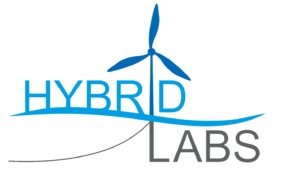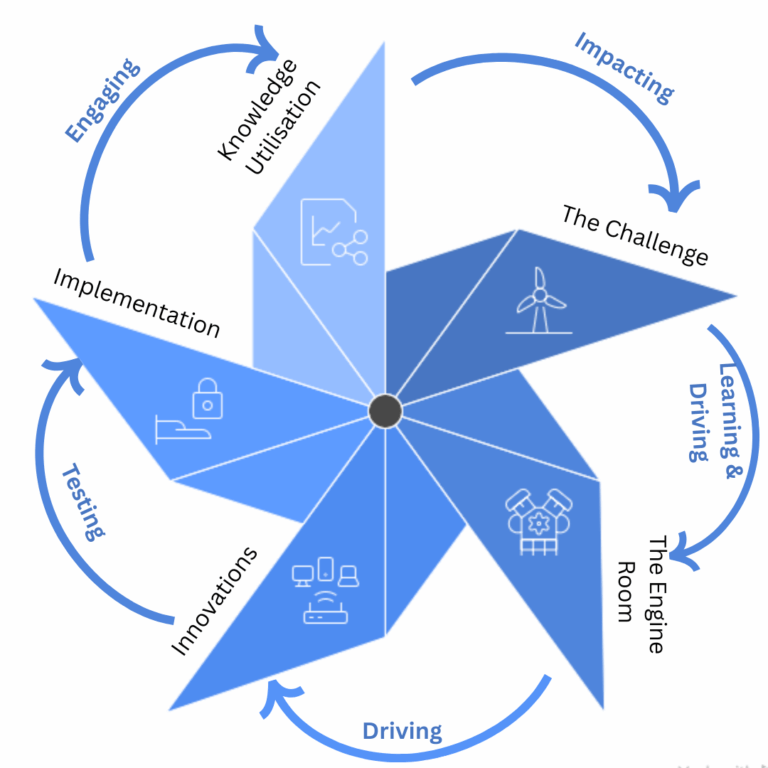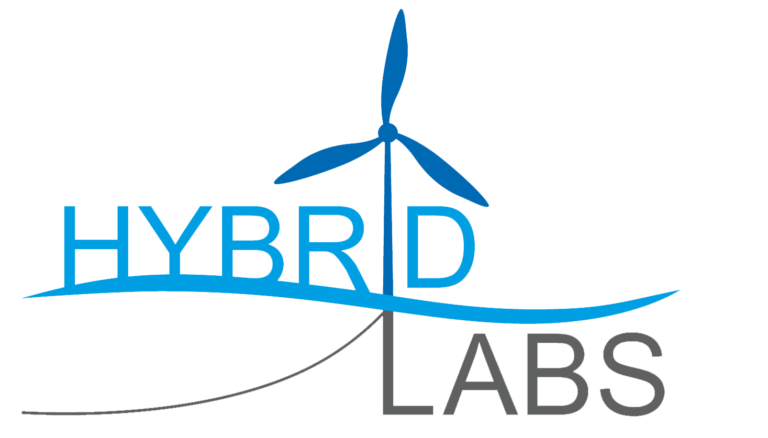
The need to transform the energy system in the Netherlands and across Europe is urgent. We must act both to address the climate crisis and to reduce our dependence on imported oil and gas. But the goals we have set for this energy transition are enormous.
Take offshore wind power as an example: globally, capacity needs to grow to 359 gigawatts by 2030 and 1,833 gigawatts by 2050 – about 30 times more than today. For the Netherlands, the ambition is to install 150 gigawatts of offshore wind in the North Sea, with 70 gigawatts in Dutch waters. To put that in perspective: right now, the Netherlands only has about 3 gigawatts installed.
Reaching these goals within the next decades will not be possible with today’s methods alone. We need new ways of developing and deploying offshore renewable energy – faster, smarter, and at lower cost.That is the mission of HybridLabs: to accelerate the energy transition.
But energy is only part of the story. The North Sea also has to support two other major transitions: producing food sustainably and restoring marine ecosystems. HybridLabs connects these goals, ensuring that energy, food, and nature can develop in balance.
We are creating a unique network of test sites and digital simulators that combine real offshore data to reveal how renewable energy works at sea – and how it affects the surrounding environment.
We are creating smarter technologies – from sensors to design strategies – that make floating renewable energy work better at sea, while helping nature recover and supporting new food sources like seaweed and aquaculture.
We work to get the supply chain ready and clear away roadblocks – from laws and logistics to ecology and community concerns – so offshore innovations can move from idea to reality.
The Challenge:
It starts with the real-world goal: the large-scale deployment of offshore wind energy (70GW) in the different marine environments of the Netherlands (shallow waters) and Ireland (deep waters). This is the “why” of the project.
The Engine Room:
To tackle this challenge, the project uses a powerful combination of Digital Models and Physical Labs.
The key idea is that these two parts work together in a feedback loop of learning and driving.
The Output – Innovations:
The work done in the labs is used for “TESTING” and developing new ideas and technologies. This section lists the project’s core Innovations, such as nature-inclusive structures, new ways to monitor structural health, and safer installation methods.
The Pathway to Reality:
An innovation is only useful if it can be implemented in the real world.
Closing the Loop:
Finally, the knowledge and experience gained from the entire process have an “IMPACTING” effect, feeding back to inform and improve the high-level strategy for offshore energy deployment, thus completing the cycle.


Accelerating innovations in offshore renewables through data-driven hybrid labs.
@2025 HybridLabs